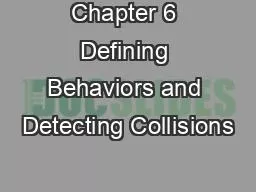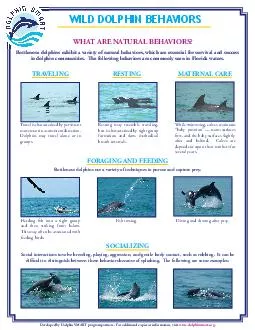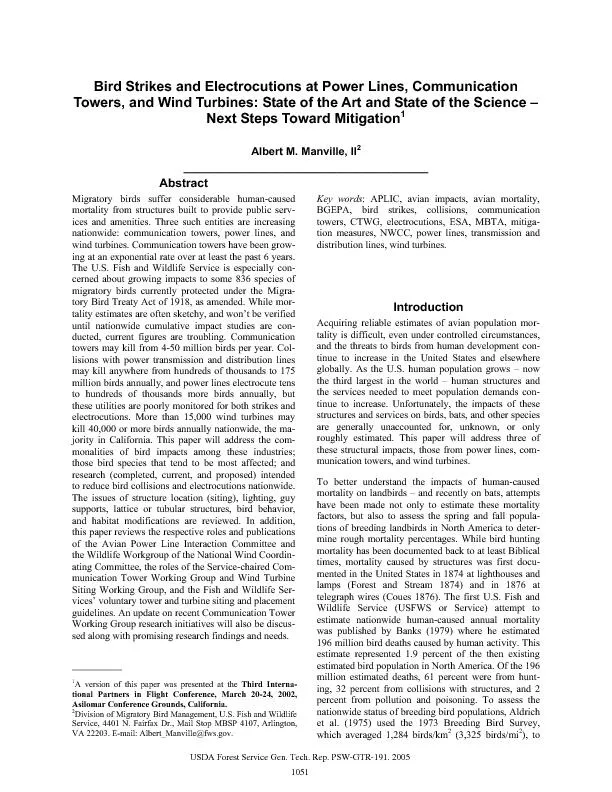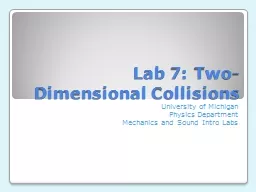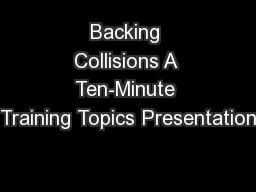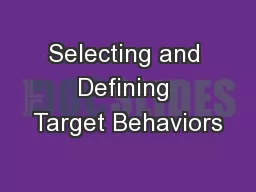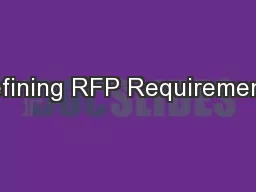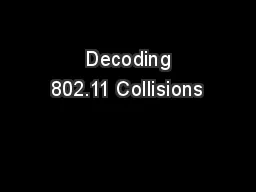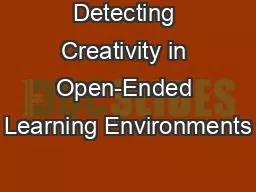PPT-Chapter 6 Defining Behaviors and Detecting Collisions
Author : blindnessinfluenced | Published Date : 2020-06-24
This Chapter Start thinking about behavior Implement autonomous controlled gradual turning and targetlocked chasing behaviors Needs for collision detection Simple
Presentation Embed Code
Download Presentation
Download Presentation The PPT/PDF document "Chapter 6 Defining Behaviors and Detecti..." is the property of its rightful owner. Permission is granted to download and print the materials on this website for personal, non-commercial use only, and to display it on your personal computer provided you do not modify the materials and that you retain all copyright notices contained in the materials. By downloading content from our website, you accept the terms of this agreement.
Chapter 6 Defining Behaviors and Detecting Collisions: Transcript
Download Rules Of Document
"Chapter 6 Defining Behaviors and Detecting Collisions"The content belongs to its owner. You may download and print it for personal use, without modification, and keep all copyright notices. By downloading, you agree to these terms.
Related Documents

